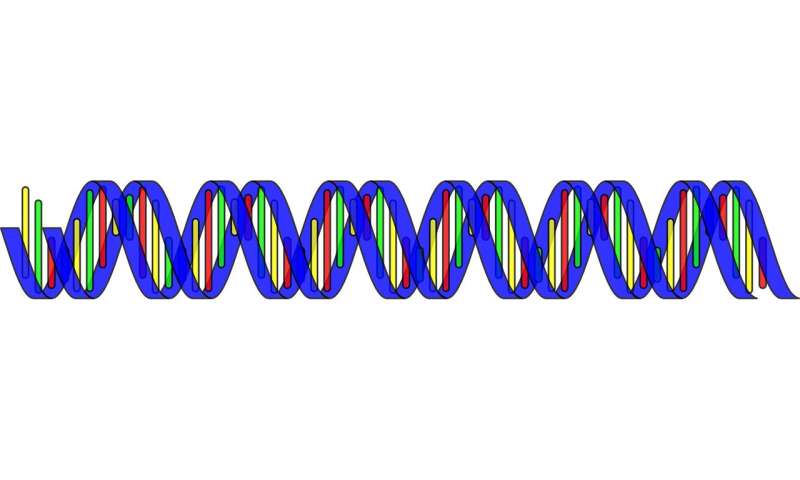
A study led by The University of Texas MD Anderson Cancer Center furthered understanding about mitochondria, the cell components known as the “powerhouse of the cell.” Knowing more about the genome is crucial given that mitochondria play important roles in tumorigenesis.
Findings were published in the Feb. 5 online issue of Nature Genetics and resulted through collaboration with the International Cancer Genome Consortium—The Cancer Genome Atlas Pan—Cancer Analysis of Whole Genomes (PCAWG) project, an effort involving more than 1,300 scientists and clinicians from 37 countries. Since its inception, the PCAWG has analyzed more than 2,600 genomes across 38 tumor types.
“This study lays a foundation for translating mitochondrial biology into clinical applications,” said Han Liang, Ph.D., professor of Bioinformatics & Computational Biology. “Our analysis presents the most definitive mutational landscape of mitochondrial genomes and identifies several hyper-mutated cases. Such truncated mutations are remarkably enriched in kidney, colorectal and thyroid cancers, suggesting oncogenic impact with the activation of signaling pathways.”
Mitochondria are crucial cellular organelles, with a single human cell containing several hundred mitochondria. The cell components play essential roles in generating most of the cell’s energy through a process known as oxidative phosphorylation. The mitochondrial genome encodes 13 proteins that form respiratory chain complexes with other proteins.
“The involvement of mitochondria in carcinogenesis has long been suspected because altered energy metabolism is a common feature of cancer,” said Liang. “Furthermore, mitochondria play important roles in other tasks, such as biosynthesis, signaling, cellular differentiation, cell growth and death.”
The team found that the mitochondrial genome is an essential component in understanding the complex molecular patterns observed in cancer genomes and helping to pinpoint potential cancer driver events.
Source: Read Full Article
